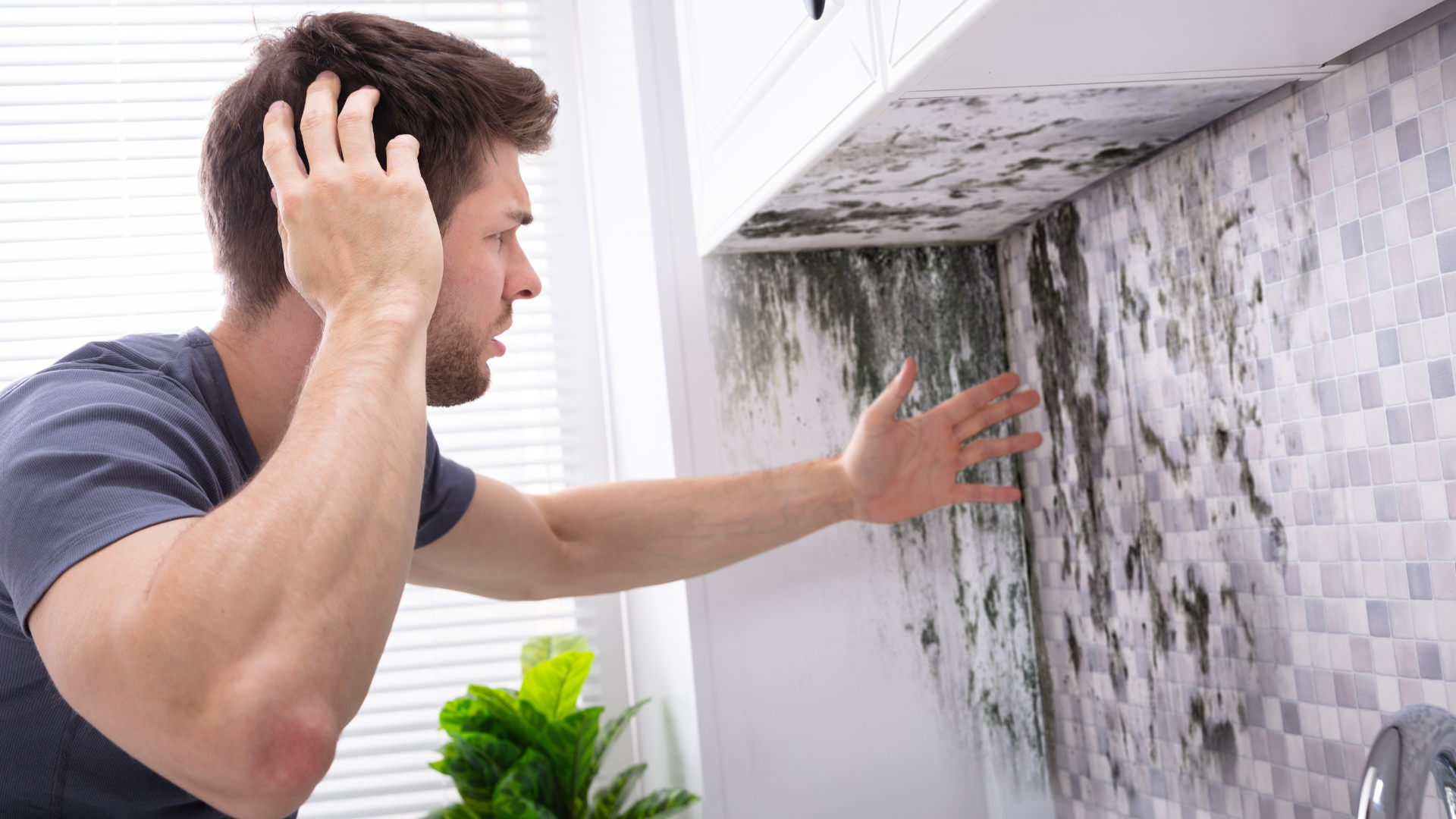Improving Indoor Air Quality: A Guide for Businesses and Homeowners
Indoor air quality is not just a luxury but a necessity for health and comfort in any living or working space. This comprehensive guide provides practical and actionable advice to improve air quality in both residential and commercial settings. Understanding and implementing these steps can significantly enhance the air we breathe daily.
Deep Dive into Indoor Air Quality
- What Affects Air Quality: Indoor air quality is influenced by a variety of factors, including pollutants like dust, pet dander, mold, Volatile Organic Compounds (VOCs), and carbon monoxide. These pollutants can originate from everyday activities, building materials, and even outdoor sources.
- Health Implications: Poor indoor air quality can lead to health issues ranging from minor irritations like allergies to serious conditions like asthma and long-term respiratory problems.
The Essentials of Ventilation
- Natural Ventilation: Emphasize the importance of opening windows and doors to allow fresh air to circulate, diluting indoor pollutants.
- Mechanical Ventilation: Highlight the role of exhaust fans in removing contaminants, especially in high-moisture areas like bathrooms and kitchens, and in cooking areas to remove cooking fumes.
Effective Use of Air Purifiers
- Choosing the Right Air Purifier: Detailed guidance on selecting air purifiers, focusing on HEPA filters, which are effective in trapping a wide range of particles.
- Strategic Placement: Best practices for placing air purifiers in high-traffic areas or zones with higher pollution levels to maximize their effectiveness.
Regulating Humidity for Optimal Air Quality
- Humidity and Health: Discuss the relationship between humidity levels and indoor air quality, including the growth of mold and dust mites.
- Ideal Humidity Levels: The importance of maintaining indoor humidity levels between 30-50% for optimal air quality.
- Using Dehumidifiers: Tips on using dehumidifiers in damp areas or during humid seasons to control moisture and prevent mold growth.
Tailored Tips for Different Environments
- Kitchens: Recommendations for using range hoods, the risks of gas stoves, and the importance of adequate ventilation during cooking.
- Bedrooms: Advice on using hypoallergenic bedding, managing pet dander, and maintaining a dust-free environment.
- Offices: Strategies for ensuring good air circulation, dealing with common office pollutants, and the importance of keeping office equipment in well-ventilated areas.
Additional Measures for Improving Air Quality
- Regular Cleaning: Emphasizing the importance of regular cleaning in reducing dust and other airborne particles.
- Reducing Indoor Pollutants: Suggestions for reducing indoor pollutants, such as choosing low-VOC paints and avoiding synthetic air fresheners.
Improving indoor air quality is an ongoing commitment that requires attention to ventilation, humidity control, and pollutant reduction. By adopting these practices, both homeowners and business owners can significantly enhance the quality of their indoor environments, leading to better health and increased comfort for all occupants. The key is to be proactive and consistent in implementing these strategies for a long-lasting, breathable atmosphere.





